Apsan Cable Car (Apsan Observatory) (앞산 케이블카(앞산 전망대))
3.4 Km 16932 2023-11-17
574-114 Apsansunhwan-ro, Nam-gu, Daegu
+82-53-656-2994
Apsan Observatory, located in Nam-gu, is a famous tourist attraction in Daegu that offers a panoramic view of the city. Apsan Observatory's architecture has been praised for combining the city, nature, history, and future. Besides being a tourist attraction, it also serves as a place where Daegu citizens learn about their city.
Hotel The Palace (호텔 더팔래스)
3.4 Km 8776 2021-04-16
13, Icheon-ro, Nam-gu, Daegu
+82-53-471-9911
Hotel The Place is located at the foothills of Apsan Mountain, offering refreshing air and beautiful scenery. The hotel is also easily accessible by public transportation from both inside and outside the city, making it a great accommodation choice for domestic and international travelers.
Old GuAm-seo-won
3.5 Km 16854 2021-04-09
492-58, Gukchaebosang-ro, Jung-gu, Daegu
+82-53-428-9980
Old Guam Seowon is a traditional Korean guesthouse located between Dongseong-ro and Seomun Market in Daegu. With land area of 2,300㎡, it has a total of six guestrooms, a shared living room, a bathroom, and a kitchen. The house has a large yard where guests can play various traditional Korean games such as "tuho" and "jaegichagi." In the backyard, guests can shoot arrows and try on traditional Korean clothes. Both the guestrooms and bathrooms were remodeled to have some of the modern conveniences. If you want, you can cook at the shared kitchen. Bread and cup noodles are served for breakfast. Situated in a residential area downtown, it's both quiet and very conveniently located for those planning to tour the city. Nearby popular tourist destinations include E-World, Daegu Nature Park & Spa Valley, Seomun Market, Gukchaebosang Memorial Park, and Kim Gwangseok-gil Street, with easy public transportation to and from the downtown area.
Daegu Dalseong Park (대구 달성공원)
3.5 Km 33460 2023-11-14
35 Dalseonggongwon-ro, Jung-gu, Daegu
+82-53-803-7350
Daegu Dalseong Park is the oldest outdoor leisure place in Daegu. The park was once a fortress location of Dalgubeol, a tribal country of the Three Kingdoms Era. The area was established as a park in 1905, and in 1965, the city of Daegu transformed the park into the well-organized leisure area loved by citizens and visitors today. Within the park is Historical Monument Gwanpungnu Pavilion, built in 1601 and moved from the entrance of Gyeongsanggamyeon to the park in 1906.
LOHB’s - Daegu Sangin Station Branch [Tax Refund Shop] (롭스 대구상인역사점)
3.5 Km 0 2024-04-27
Store #2, Underground Shopping Center, B223 Wolbae-ro, Dalseo-gu, Daegu
-
March 1st Independence Movement Road (3·1만세운동길)
3.5 Km 0 2023-01-20
Dongsan-dong, Jung-gu, Daegu
March 1st Independence Movement Road is a historical location where Daegu citizens gathered for the independence movement on March 8, 1919, and the midpoint of Daegu Modern Alley Tour Course 2. Passing Cheongna Hill Missionary's House and Jeil Church, you will come to a road with murals of the independence movement. The March 1st Independence Movement Road is a hilly road leading to Gyesan Cathedral. It is also called 90 Stairs because there are 90 steps. On the wall of the stairs, there is an augmented reality (AR) experience zone along with site photos from history. By scanning the QR code is a 3D video that vividly reproduces the independence movement, enabling a realistic experience of history. Follow the signs of the Daegu March 8th Independence Movement marching road to reach the main road and it will lead to the the 100th anniversary monument of the March 1st Movement and the starting point of the March 8 Movement. A guided alley tour is available for free with an online reservation on the official website.
House of Seo Sang-don (서상돈 고택)
3.5 Km 8539 2021-07-01
6-1, Seoseong-ro, Jung-gu, Daegu
+82-53-256-3762
The house of entrepreneur and activist Seo Sang-don is located in the heart of Daegu. In 1907, in an effort to repay national debt and to gain independence from Japan, Seo launched the National Debt Repayment Movement as well as a nationwide campaign calling for people to quit smoking.
In celebration of Seo's leadership, the City of Daegu restored Seo's old house and opened it to the public. The City also built the National Debt Repayment Park and erected a statue of Seo in his honor.
Modern History Experience Hall Gyesanyega (근대문화체험관 계산예가)
3.5 Km 2693 2021-04-27
6-1, Seoseong-ro, Jung-gu, Daegu
+82-53-661-3323
Modern History Experience Hall Gyesanyega opened in 2012 is a public space designed for rest and education. Visitors can enjoy a moment of relaxation while touring Daegu Modern Culture Alley, as well as learn more about the history of the area through the video hall and about the houses featured along the way, such as House of Yi Sang-hwa and House of Seo Sang-don, at the hanok exhibition hall.
House of Yi Sang-hwa (이상화 고택)
3.5 Km 10942 2023-01-06
6-1, Seoseong-ro, Jung-gu, Daegu
+82-53-256-3762
Yi Sang-hwa was a nationalist poet, who resisted the Japanese colonialism. This was his house from 1939 until his death in 1943. His house was neglected after he died, until a citizens' movement in 1999 to preserve the house urged the Military Mutual Aid Association to purchase it, and donate it to the City of Daegu on October 27, 2005. It has been restored and opened to the public, serving as the center for education of the poet's brave spirit and work.
Daegu Gyesan Catholic Church (대구 계산동성당)
3.6 Km 20655 2023-11-17
10 Seoseong-ro, Jung-gu, Daegu
+82-53-254-2300
Daegu Gyesan Catholic Church is one of Daegu's main churches, designed by Father Poisnel, who also designed Myeongdong Cathedral and imported stained glass for the windows directly from France. Being located in the city center, the cathedral is especially beautiful when seen at night.

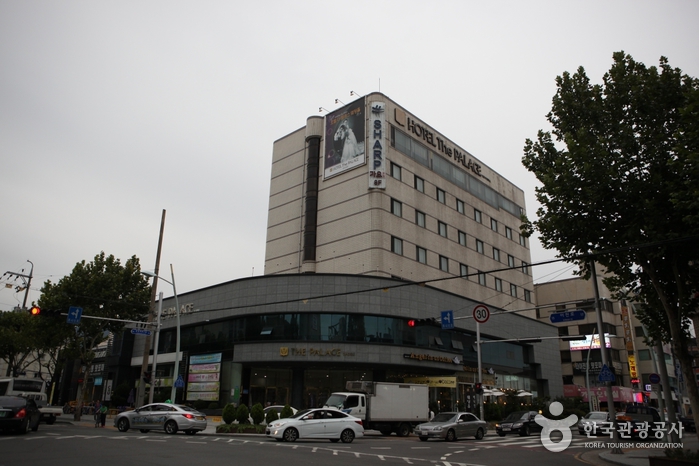
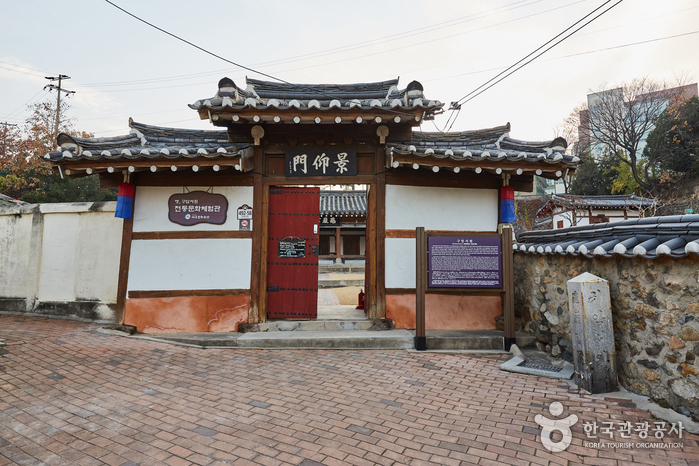
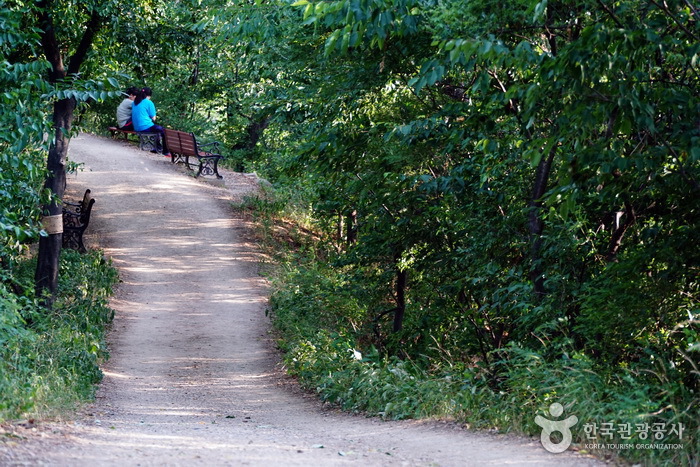
![LOHB’s - Daegu Sangin Station Branch [Tax Refund Shop] (롭스 대구상인역사점)](http://tong.visitkorea.or.kr/cms/resource/41/2887941_image2_1.jpg)
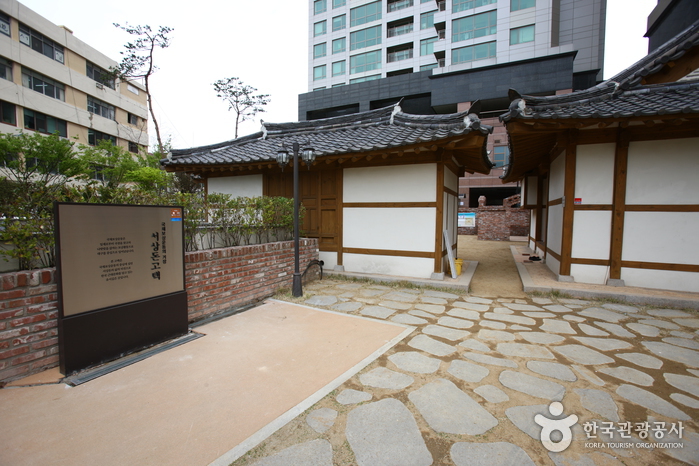
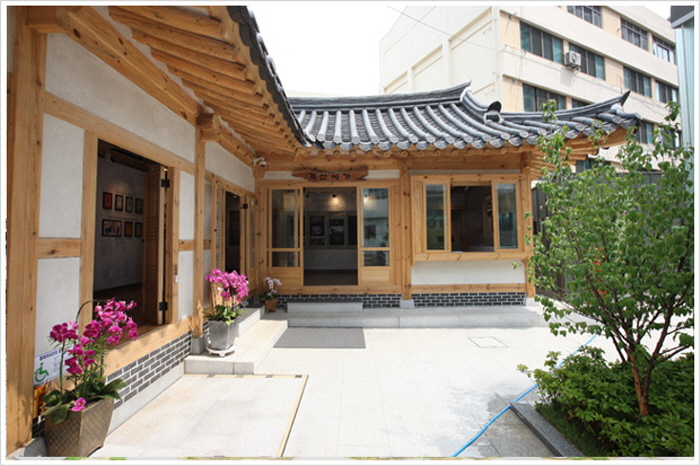
 English
English
 한국어
한국어 日本語
日本語 中文(简体)
中文(简体) Deutsch
Deutsch Français
Français Español
Español Русский
Русский